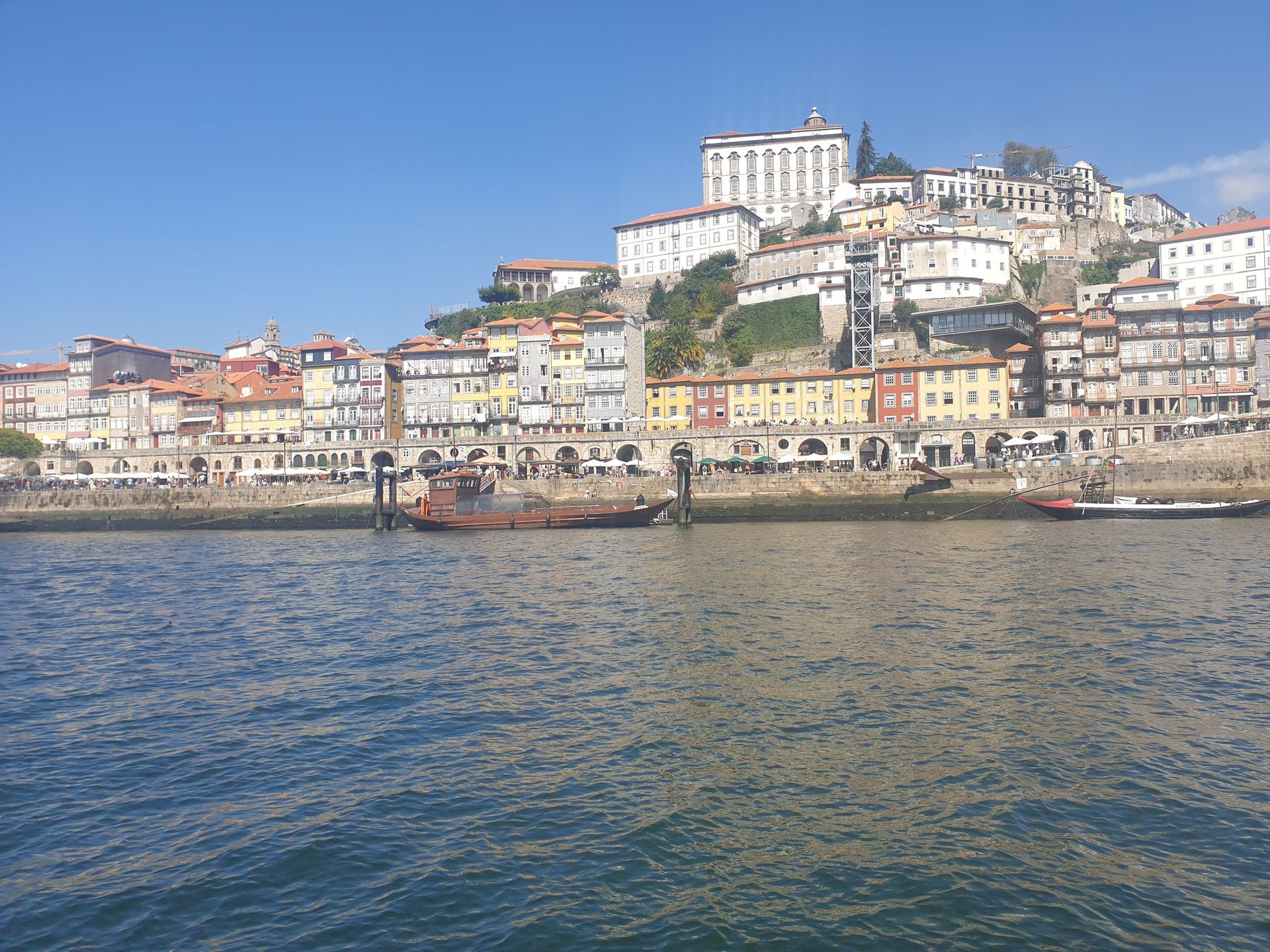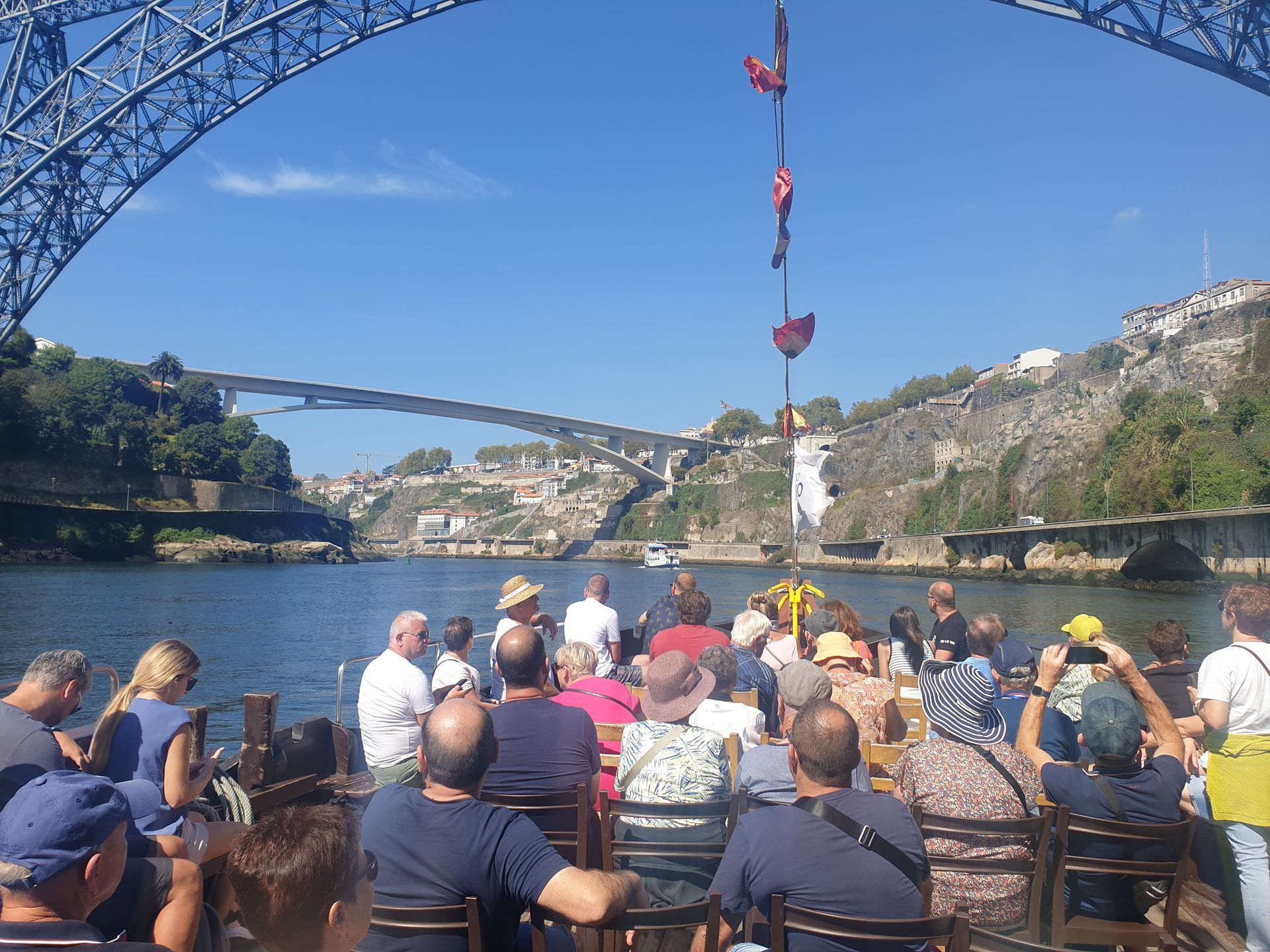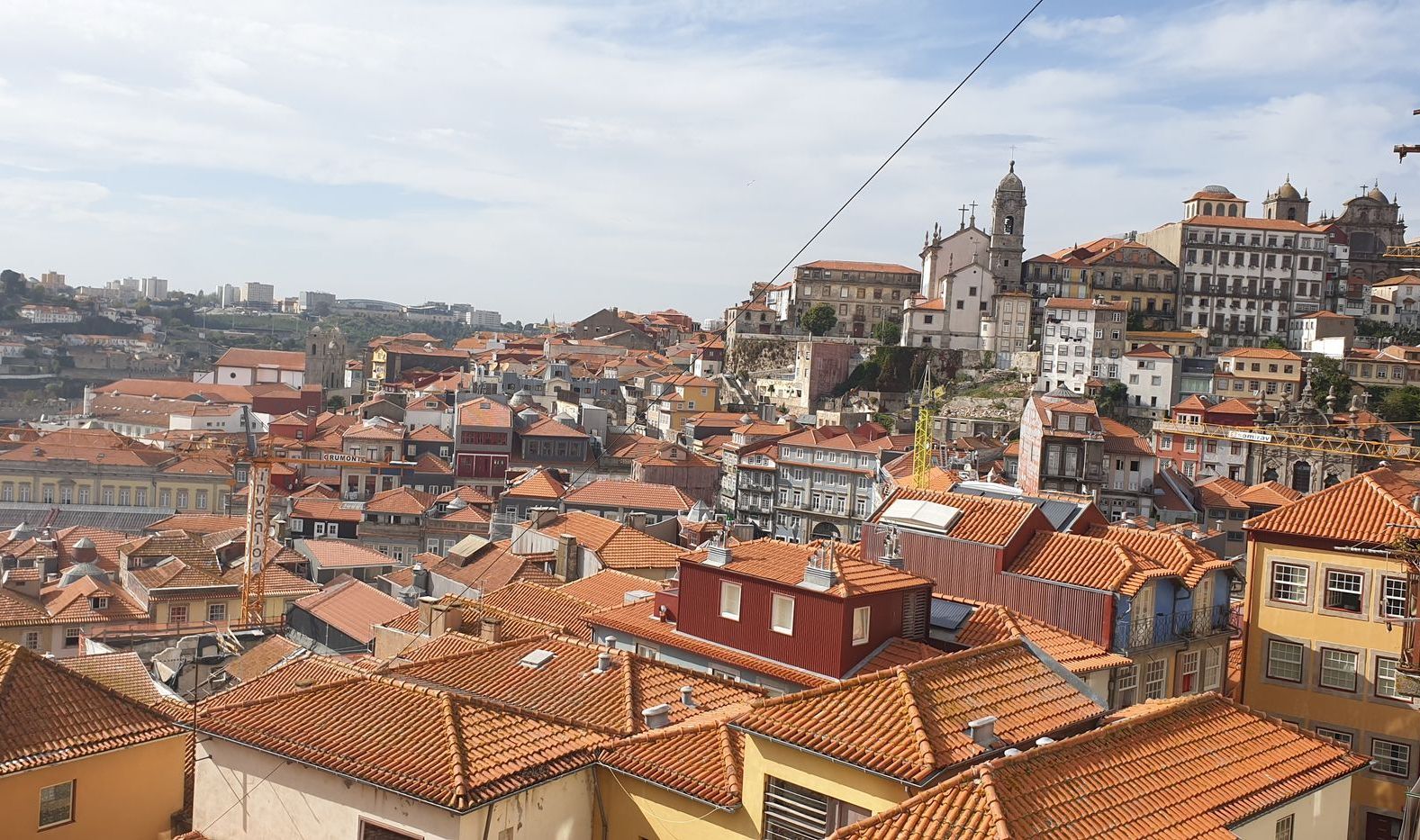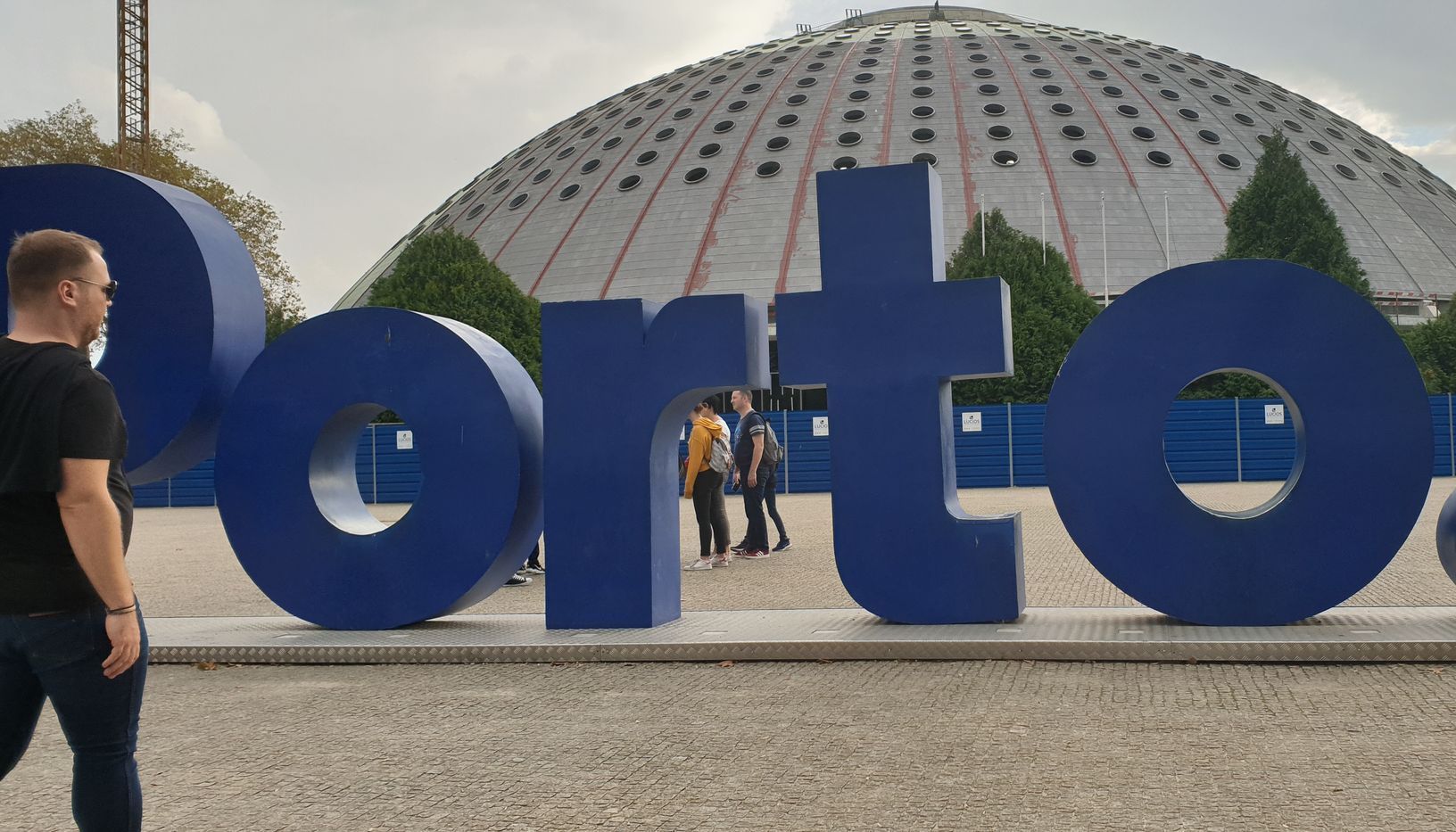FULL DAY TOUR PORTO
São Bento Train Station – Centuries on tile
Saint Francis Church – the revenge of the baroque
Lunch across the river
Six bridges river cruise
Port Wine cellars visit and tasting.
Pick up and drop off included.
All tickets and lunch included.
We adjust the itinerary to any slight mobility issue.
This Tour starts at Porto.
SAO BENTO TRAIN STATION
The first stone was laid in 1900 by King D. Carlos I, in the place where the old convent of S. Bento de Avé Maria previously stood. The initial project was by architect Marques da Silva, with its exterior design showing influences from the architecture that was practiced in France at the time.
The interior of the spacious atrium is notable and worth visiting, lined with twenty thousand pictorial tiles by Jorge Colaço, which represent suggestive historical and ethnographic paintings.
The station's main atrium is covered in historical-themed tiles. Covering a surface of around 551 square meters, they mainly represent scenes set in the North of the country, depicting, among other aspects, the Torneio de Arcos de Valdevez (panel Batalha de Arcos de Valdevez), A Batalha, or Torneio de Arcos de Valdevez, was a decisive episode in the founding of nationality, in 1140, when the troops of our first King, Afonso Henriques, defeated a much larger number of troops from Castile, who had invaded Portugal; forcing Emperor Afonso to sign peace.
Other historical episodes are depicted and will be explained.
SAINT FRANCIS CHURCH
The Church of São Francisco in Porto, founded in the mid-13th century, is a treasure of Portuguese Baroque.
Its magnificent carvings, which date back to the 17th and 18th centuries, do more than cover the medieval structure of the church; in fact, the gold takes off from the architecture and surpasses the Gothic structure of its walls.
When the Franciscans arrived in Porto in the 13th century, they were not welcome. The direct intervention of the Pope is even necessary for them to be able to build their first Monastery (near this location). It is King D. Fernando who helps them implement it and becomes the great driver of the construction of this Church, later D. João I is the great confirmer of the mendicant/austere Gothic style. From the 17th century onwards, after the Council of Trent (1563), the baroque invaded this space, dazzling the population and attracting them to the heart of the Church through fantasy and ostentation, even using patrons, as can be seen in the chapel of São João Batista, and also using the liturgy space as the tomb of the most powerful families of the time, such as the Counts of Matosinhos, buried here, among others.
In the Church of São Francisco we have 15 gilded altarpieces. We will not analyze them all, but we will talk much about two of them.
In the 17th and 18th centuries, when the Jesse tree was no longer represented throughout Europe, the Iberian Peninsula and particularly Portugal intensified the commissioning of works of art with this theme. This is one of the most beautiful Jesse trees left.
The Martyrs of Morocco, one of the 15 altarpieces in the Church of San Francisco. It is unsettling to observe how these figures from the 18th century who tell a true story from the 13th century are tragically familiar to us today (Jhiad).
Car trip to Gaia
Lunch at typical Restaurant
Six bridges Cruise
This 45 minutes river cruise will let us appreciate how the city developed along its banks, and will allow us to appreciate the six bridges that connect them, two from the 19th century, three from the 20th and one from the 21st century.
The circular trip, back and forth, will allow us to analyze the buildings and monuments on both sides, including the famous Ribeira.
Port wine Cellar
Port wine appears in the 18th century and it’s the first wine region in the world, established in 1756. The grapes grown in Douro river valley, produce this fortified wine, that is put in barrels and brought along the river, on small typical boats (rabelo) to Porto, where they ship it out, at the beginning mostly to the English market, now all around the world.
An expert will tell us about the wine making as we are driven along the humongous wine barrels that age the wine.
Before leaving we will appreciate a wine tasting.
Drop of at your lodging.








